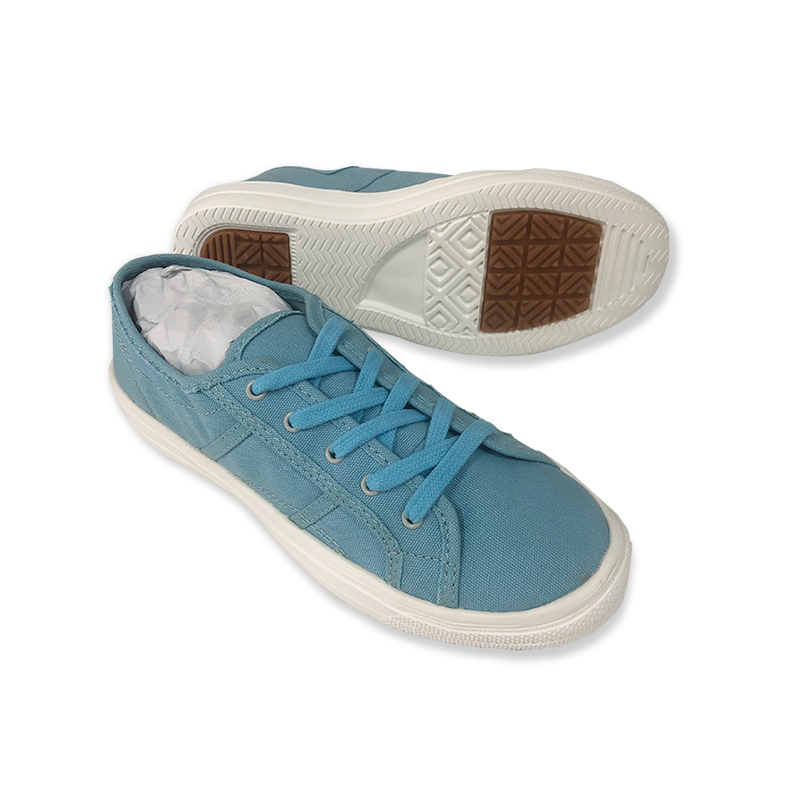The difference between OEM (Original Equipment Manufacturer) shoes and replica shoes lies in their authenticity, quality, and legality. Here’s a breakdown of each:
OEM Shoes:
OEM shoes are manufactured by the original brand or manufacturer. They are produced using the same materials, designs, and specifications as the original shoes. OEM shoes are considered authentic and are authorized for sale by the brand. They undergo strict quality control measures to ensure that they meet the brand’s standards. As a result, OEM shoes tend to be of higher quality and offer better craftsmanship and durability. They are also more likely to come with warranties and customer support. However, OEM shoes are typically more expensive due to their authenticity and quality.
Replica Shoes:
Replica shoes, on the other hand, are imitations or copies of the original brand’s shoes. They are produced by other manufacturers or individuals who attempt to replicate the design and appearance of the original shoes. Replica shoes are often made with cheaper materials and may not meet the same quality standards as OEM shoes. They are sold without authorization from the brand and are considered counterfeit products. Replica shoes are generally cheaper than OEM shoes, making them an attractive option for those seeking a similar style at a lower price. However, it is important to note that purchasing and selling replica shoes is illegal in many countries due to copyright infringement and intellectual property rights violations.
In summary, OEM shoes are genuine products made by the original brand, while replica shoes are unauthorized copies that attempt to mimic the original design. OEM shoes offer higher quality, authenticity, and legal protection, but they come at a higher price. Replica shoes are cheaper alternatives but are considered counterfeit and may not meet the same quality standards.


